Racial Diversity and Representation In Anime
Aran Ojjiro (Top), Afro Samurai (Middle), Characters by Shinichirō Watanabe (Bottom), representing racial diversity in anime. Photos courtesy of pinterest.com, wordpress.com, and Madmax.com.
February 26, 2021
When one thinks about topics of racial diversity and representation, the word “anime” fails to come to mind. Now, it’s no secret that most anime characters are Japanese, given the fact that anime is from Japan, but as time progresses, more People of Color (POC) characters are introduced.
One of the most recent additions to this roster is Aran Ojiro from season 4 of the popular volleyball anime, “Haikyu!!.” Ojiro is a third-year wing spiker for Inarizaki High School, and he is one of the top aces in Japan. Optimistic about life, Ojiro strongly believes that one does not need logic to justify happiness.
What makes Ojiro such an exemplary candidate for diversity? His character design.
Ojiro is a tall, athletic, dark-skinned man of African-Japanese descent. He has dark-brown short hair and fuller lips. A key, yet subtle detail of Ojiro is the coloring in his hands. Like all people with darker complexion, the inside of his palms reveal a lighter melanin when compared to the rest of his body. This small feature is often disregarded in most representations of darker-skinned characters in cartoons.
Other POC characters in anime include Afro Samurai from “Afro Samurai,” Canary from “Hunter x Hunter,” and Mohammed Avdol from “JoJo’s Bizarre Adventure.” Along with many others, each character is not represented by racial stereotypes, nor are they weak or insignificant when compared to the rest of their cast of protagonists. They are able to hold their own against foes, and, in some cases, like Canary, they are stronger than the main protagonist (or they are the main protagonist).
Shinichirō Watanabe, a Japanese writer and director, can be considered one of the best pioneers when it comes to racial divers

ity in anime. Watanabe directed three popular animes that are praised for their inclusion of POC characters. These anime include “Cowboy Bebop,” “Samurai Champloo,” and “Carole and Tuesday.”
In an early 2000s interview, after the conclusion of “Cowboy Bebop,” Watanabe expressed his perspective on the topic.
“I paid a lot of attention to skin color. Also to using multiple languages,” Watanabe said in the interview, according to Cowboy Bebop: The Jazz Messengers. “Lots of times when you watch anime, the characters all have white skin — all the characters in fantasy stories all have white skin, which I never liked. I wanted to have lots of characters in Bebop without white skin, and if people weren’t used to that, well, maybe it would even make them think a little bit about it.”
Watanabe stayed true to these motives with his latest project, “Carole and Tuesday,” which was released in 2019. “Carole and Tuesday” takes place in the year 2071 and humans have colonized Mars for over 50 years. Earth is becoming less and less inhabitable, which causes a major issue with illegal interplanetary immagration from Earth to Mars. The story follows two teenage girls, Carole Stanely, a black pianist born on Earth, and Tuesday Simmons, a white guitarist born on Mars, as they try to make a career in the music industry.
Throughout “Carole and Tuesday,” Watanabe doesn’t fall short on the involvement of diverse characters, the first being one of the main characters, Carole. We are then introduced to several other POC characters such as Angelia, the protagonists’ main rival, Skip, the singer and songwriter for a R&B group, Ezekiel, an immigrant from Earth who was Carole’s childhood friend, and several others. All of these characters played an important role in the story and provided some type of development for the lead protagonists.
The incorporation of new and diverse characters in anime continues to grow and, with more People of Color characters getting major roles, it’s thrilling to wonder what the future has in store for the anime community.


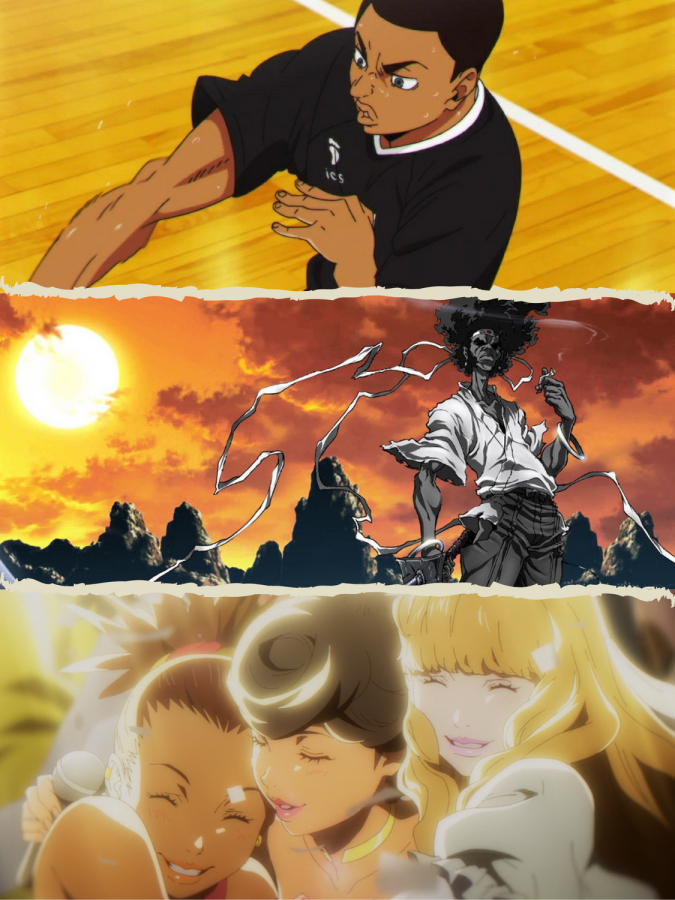
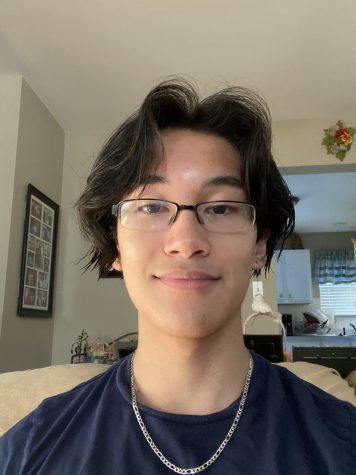
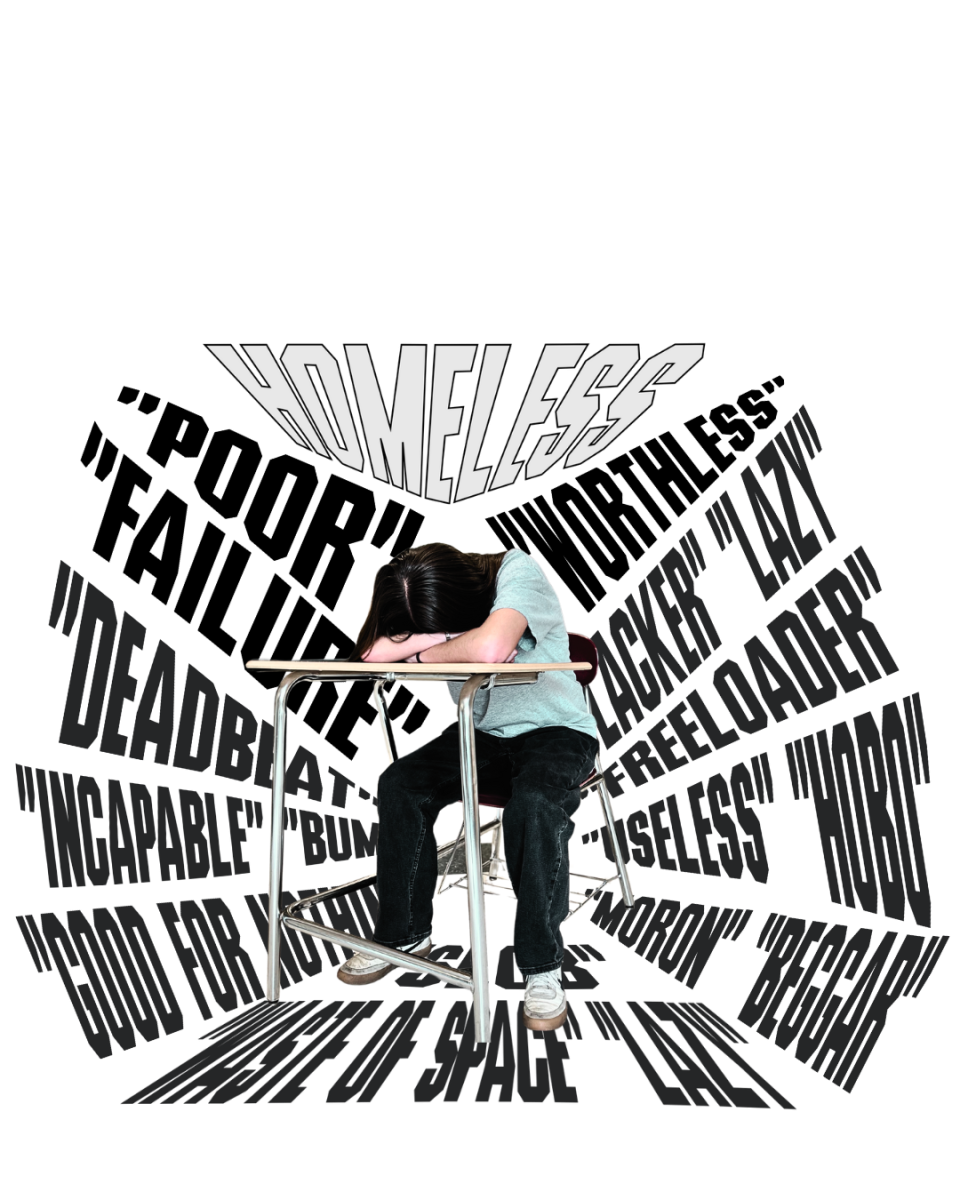


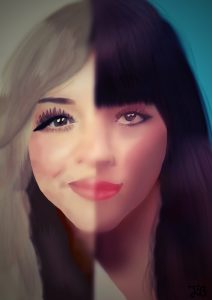



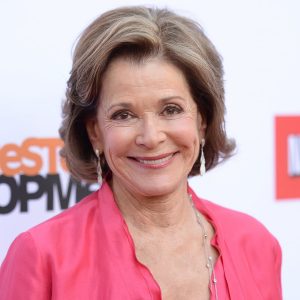
Saffiya Sheikh • Mar 10, 2024 at 8:36 pm
Great article man. I just googled about this topic online. Never heard of this school, but this is so great man. Kudos to you. Coming from another student journalist, great job. Keep it up.
Alchemy Stars • Dec 3, 2021 at 5:09 pm
I must say I’m really impressed by the nice write-up you have here. You actually did a great job, unlike most bloggers I’ve seen on the internet talking about this same topic. Just reading the first few paragraphs, I was already locked in the content. Bravo and keep up the good work.
Here is a site where you can download and stream anime free in english dub or sub.